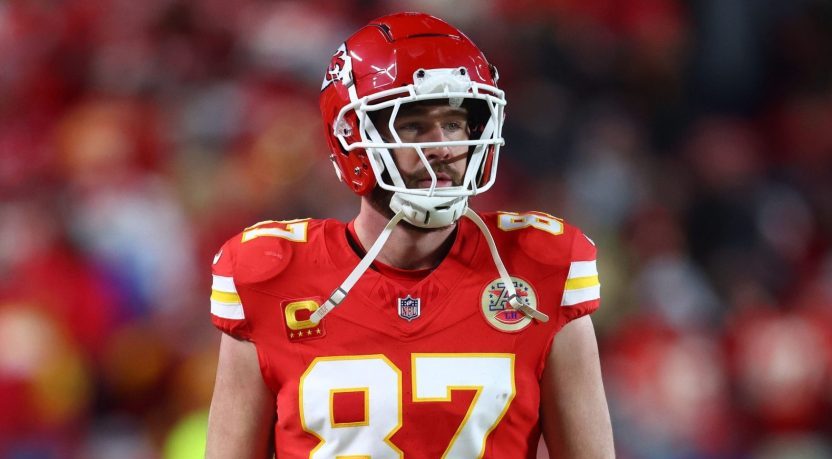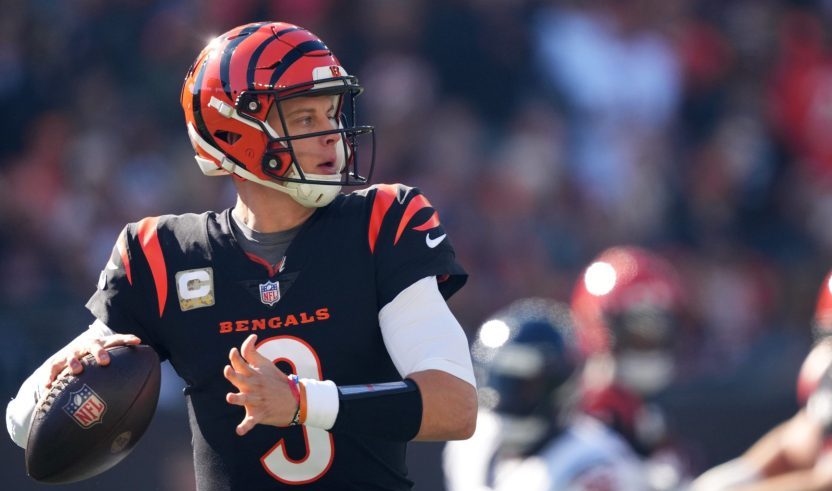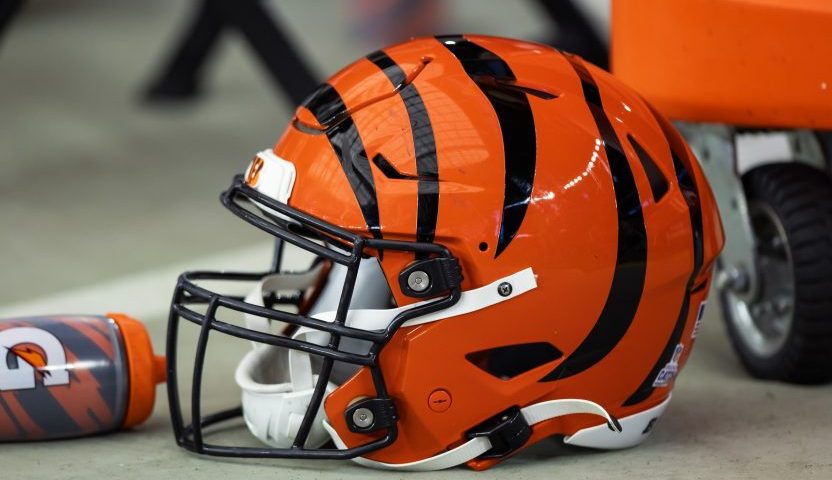Over the past few decades, street sports have emerged from the urban culture to become a global phenomenon.
What once began as a way for kids in city neighborhoods to pass time — skateboarding down sidewalks, performing BMX tricks in alleys, playing pick-up games of basketball, etc — has evolved into a dynamic, multifaceted movement that now includes parkour, freestyle BMX, and even street soccer.
These activities, often born from spontaneous creativity and a do-it-yourself ethos, have reshaped the very definition of what sports can be.
Street sports often referred to as “extreme sports” or “action sports,” typically emerged in urban environments where traditional sports facilities and structures weren’t always available. Skateboarding, BMX, parkour, street basketball, and even urban surfing have their roots in the streets, where people seek a creative outlet for self-expression and athleticism.
- Skateboarding: One of the earliest and most iconic street sports, skateboarding began in the 1950s in California when surfers, looking for a way to “surf” the concrete, attached wheels to wooden planks. By the 1970s, skateboarding gained traction, with the creation of the first skate parks and the development of a strong counterculture. Over the years, it evolved from a hobby to a sport, with professional competitions like the X Games cementing its status.
- BMX: Bicycle motocross, or BMX, had similar origins in the 1970s as kids began to imitate motocross racing with their bikes on dirt tracks. BMX eventually expanded to include tricks and stunts, with the rise of “freestyle BMX” pushing the sport to new heights. BMX made its Olympic debut in 2008, solidifying its place in the mainstream sporting world.
- Parkour: Emerging from France in the late 20th century, parkour, or freerunning, is an art form and sport that emphasizes fluid movement, agility, and speed. Originating from military obstacle courses, it grew in popularity thanks to videos shared online, turning the urban landscape into a playground for parkour athletes. Today, it’s practiced in cities across the globe, with its own competitions and training programs.
The Cultural Impact
Street sports have done more than just offer new ways to stay active— they have reshaped cultural perspectives about what sports can be. Unlike traditional team-based games that are often controlled by strict rules and standardized systems, street sports are unexpected, individualistic, and rooted in creativity. They tend to emphasize personal skill, creation, and self-expression over unity.
For many athletes, street sports are a form of rebellion against the conventional, often structured world of organized sports. They represent a freedom to innovate, experiment, and take risks.
The Role of Social Media and Technology
The digital age has played a major role in the global spread and rise of street sports. Platforms like YouTube, Instagram, Facebook, Twitter/X, and TikTok have allowed athletes to share their tricks, routines, and personal stories, building international followings. Social media also provides a space for fans to engage with the culture of street sports, follow athletes’ journeys, and discover new events.
Additionally, video games like Tony Hawk’s Pro Skater (skateboarding) and SSX (snowboarding) have contributed to the popularity of these sports, bringing them into homes around the world and inspiring new generations to take to the streets.
Institutional Recognition and the Olympics
As street sports gained traction and commercial value, they received more recognition. Skateboarding made its long-awaited debut in the 2020 Tokyo Olympics, a milestone for the sport and its community. Similarly, BMX freestyle (both park and dirt) was added to the Olympic program in 2020. These moves helped bring street sports to a new level of global attention and legitimacy.
However, the question remained whether the mainstream success of these sports will dilute their street origins. There’s a concern within some subcultures that corporate sponsorships, commercialization, and the Olympic spotlight may change the very essence of what made these sports unique— namely, their rebellious, anti-establishment roots.
Street Sports in the Modern World
Today, street sports are more diverse and inclusive than ever. They’re practiced by people of all backgrounds, ages, and abilities, and the emphasis is no longer on competition alone but on community-building, self-expression, and pushing personal limits. These sports often transcend geographical boundaries, creating a global culture that connects individuals around the world through a shared love for movement, and creative freedom.
With the continuous growth of digital platforms, street sports will likely remain a key part of youth culture, constantly evolving and inspiring new athletes to take to the streets and redefine what’s possible.
The rise of street sports represents a shift in how we view athleticism, sports culture, and youth recreation. Born out of necessity, creativity, and a desire for freedom, these sports have moved from the streets to the mainstream, all while maintaining their underground roots. As street sports continue to grow, their cultural impact will likely shape the future of how sports are practiced, experienced, and celebrated.







